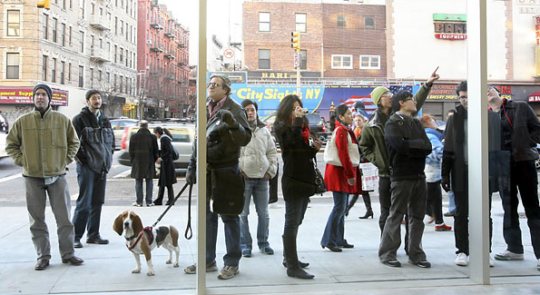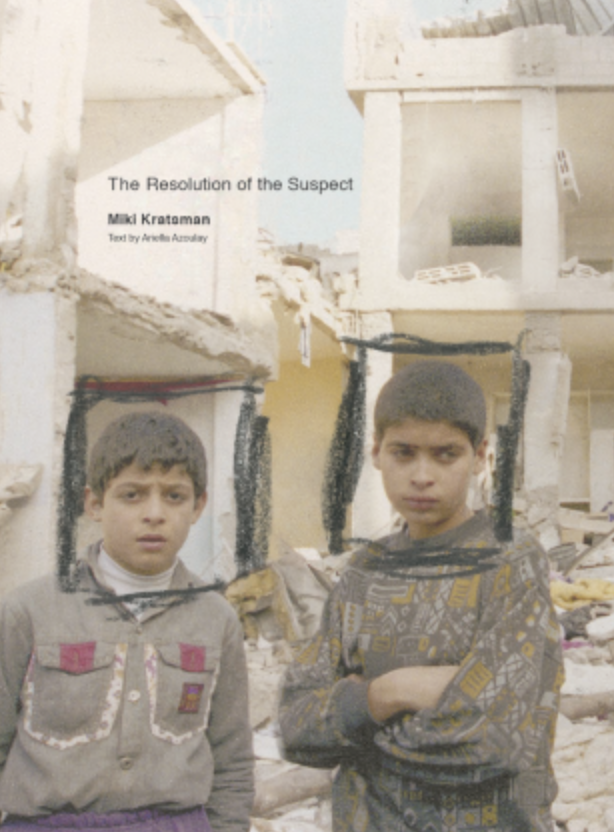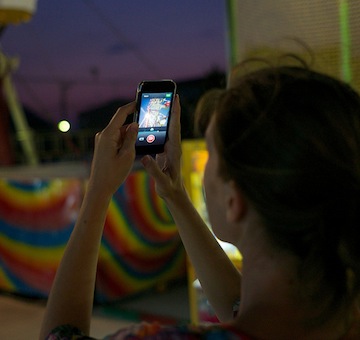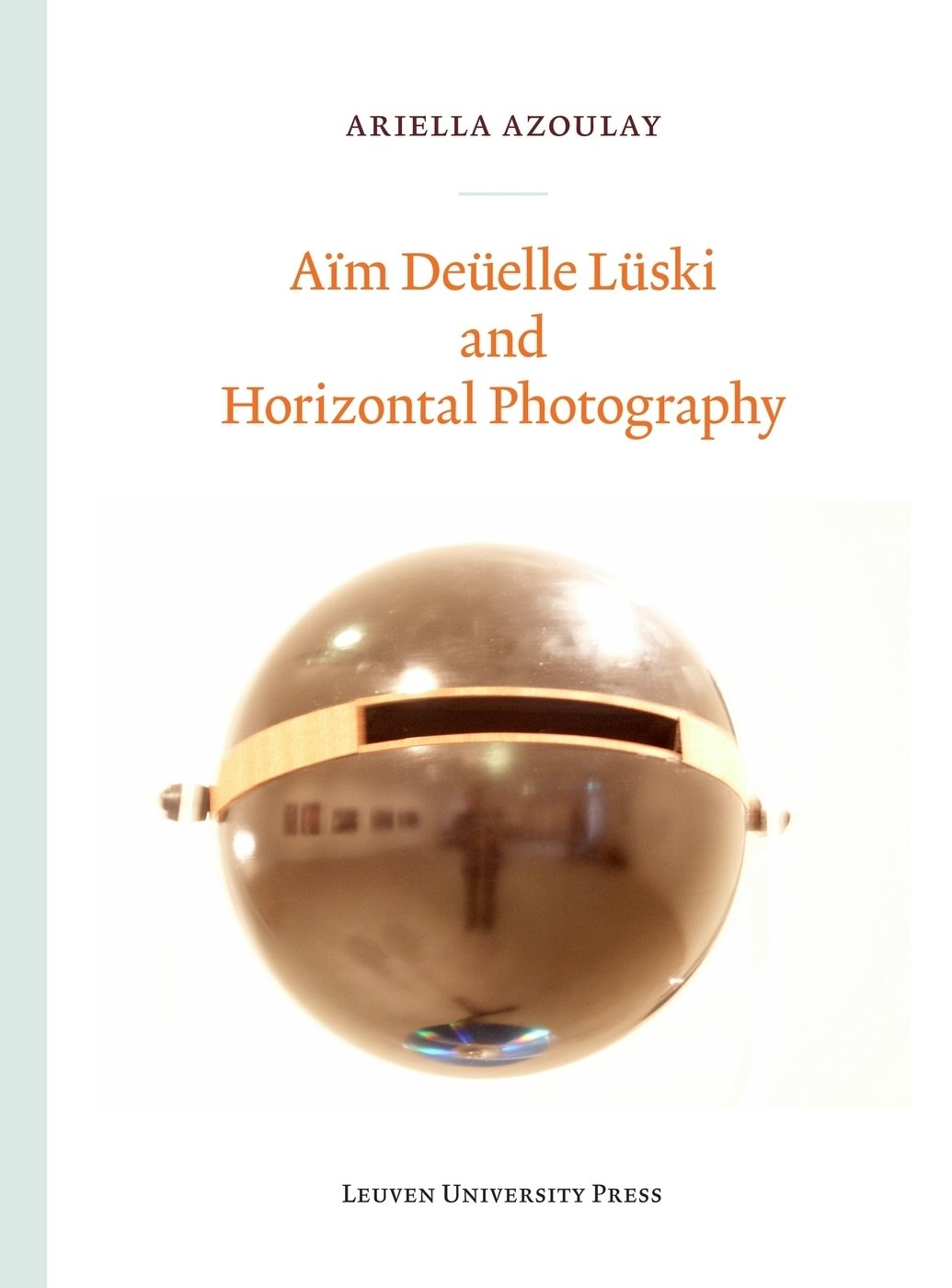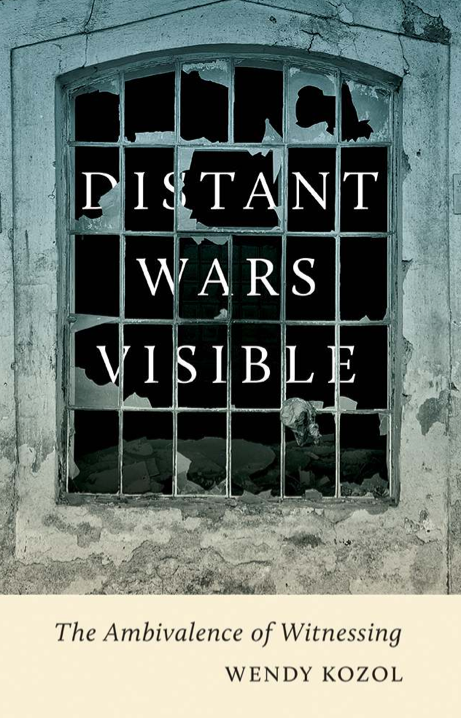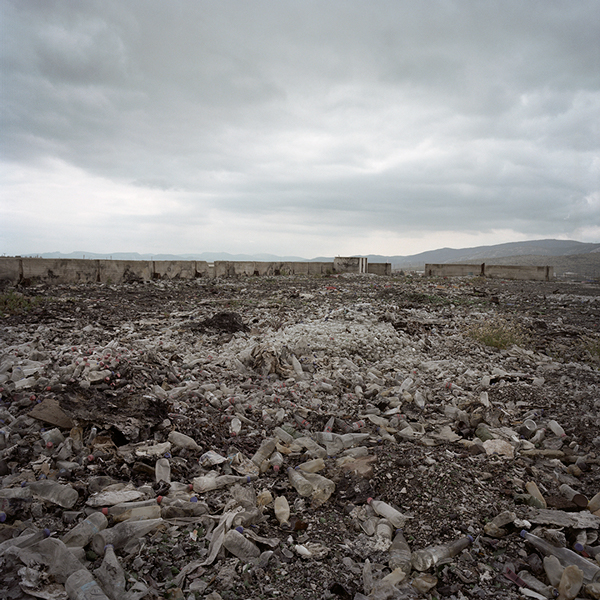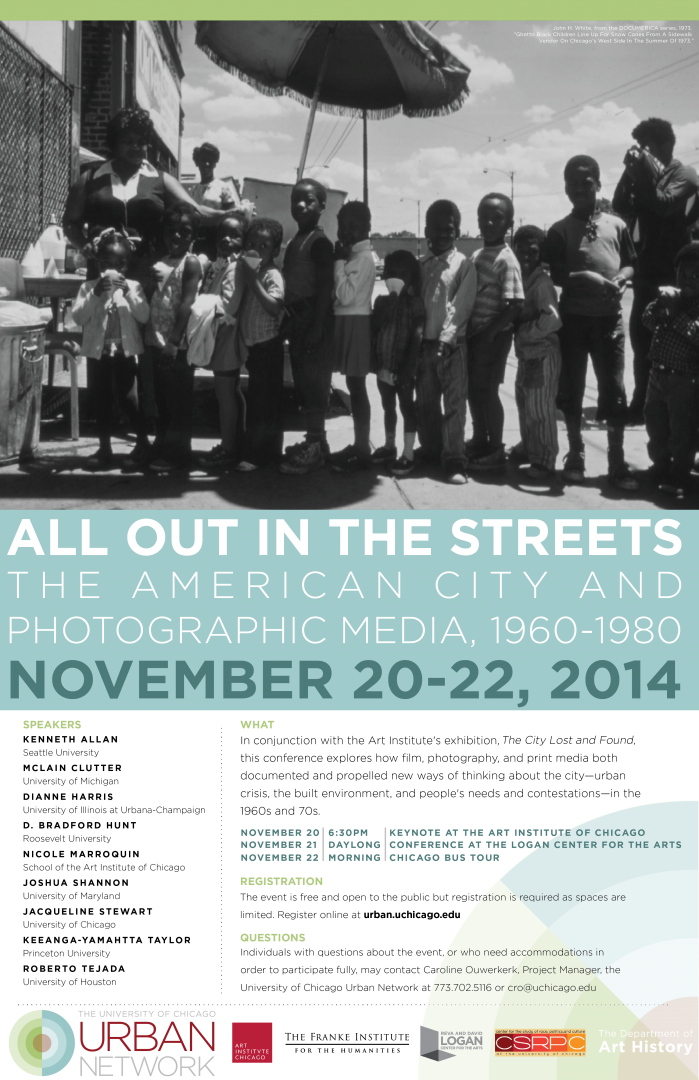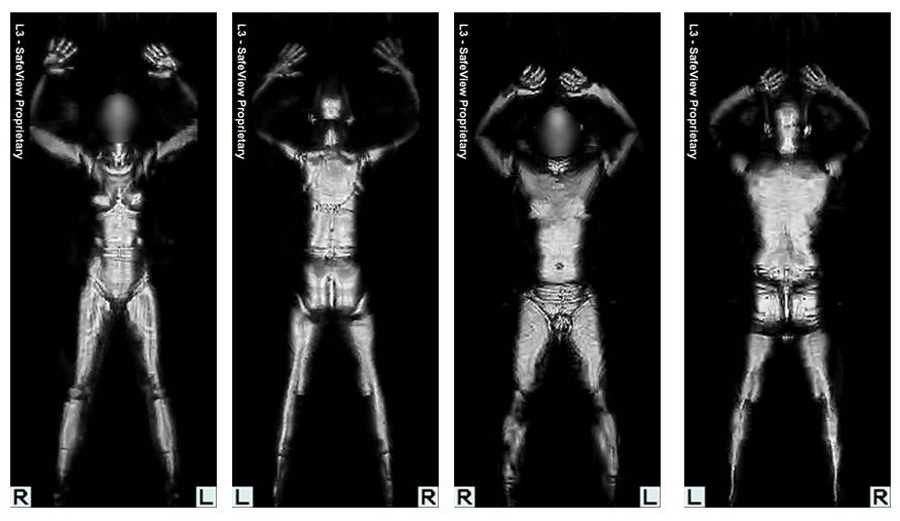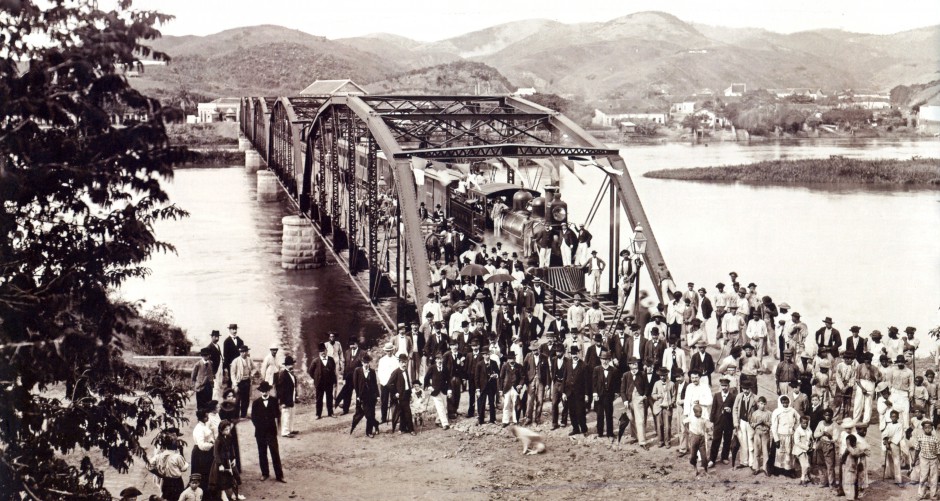Photography and Civic Spectatorship
Robert Hariman, Northwestern University and John Louis Lucaites, Indiana University
A National Communication Association Seminar
Philadelphia Marriott Downtown
November 9, 2016
9:00 AM – 5:00 PM
Since its inception photography has been understood as a fundamentally democratic technology, but throughout the past century it has been dogged by an iconoclastic attitude—a hermeneutics of suspicion—that has treated it as a problematic medium and mode of representation that undermines political awareness and public deliberation. The tide seems to be slowly turning in recent years with increasing attention to the role that photography might play in animating civic imagination and engagement. This seminar explores some of the questions, assumptions, and arguments that can move scholarly and public discussions of photography beyond the older paradigm and toward more engaged civic spectatorship. These issues include rethinking the relationship between analog and digital technologies, the role that de- and re-contextualization plays in interpreting and thinking with photographs, and the relationship between realism and imagination. The seminar will be divided between exploring (a) a robust conception of photography as a public art in the 21st century, and (b) two topics that are central to photography’s history and critical potential: modernity and war. Throughout the focus will be on the development of interpretive practices and ethical norms for civic spectatorship
Requirements: Applicants should submit a 250 word statement that indicates their interest in the study of visual media and spectatorship, as well as a brief description of one of their research projects that might benefit from and contribute to the themes of the seminar. Applications should be sent as a pdf file to John Lucaites (Lucaites@indiana.edu) no later than September 16, 2016. Those selected to be in the seminar will be notified no later than October 1, 2016. Subsequently a few common texts and images will be distributed for study prior to meeting at the convention.
Photograph by Suzanne DeChilo/New York Times.
